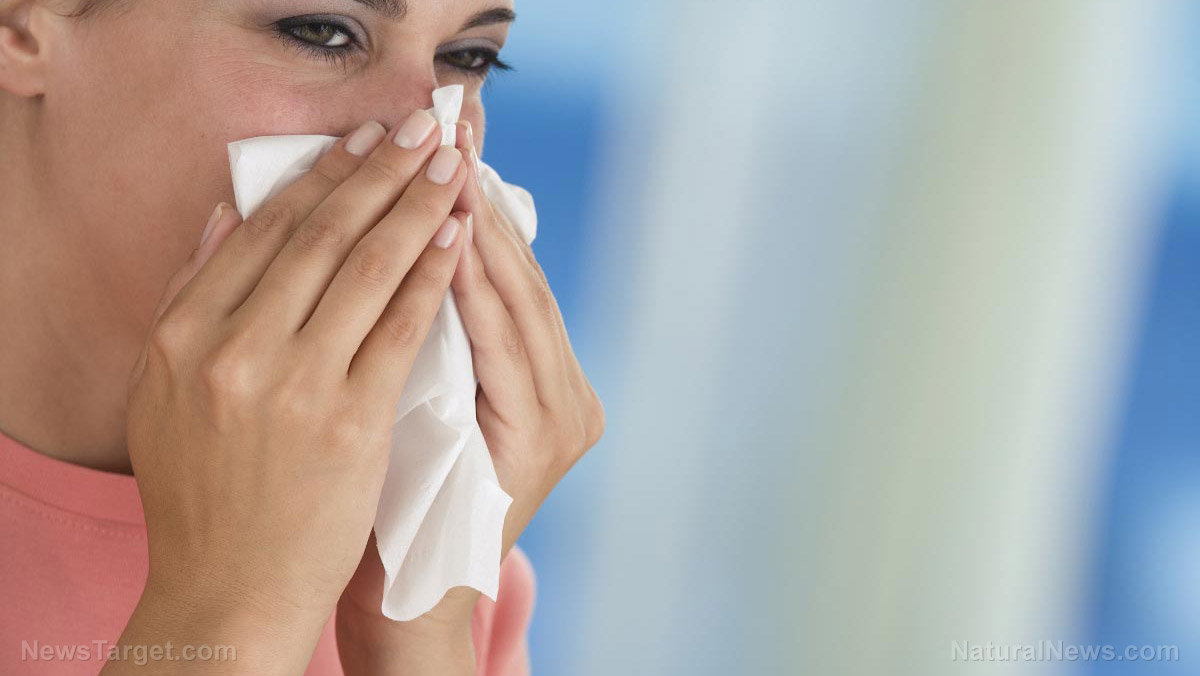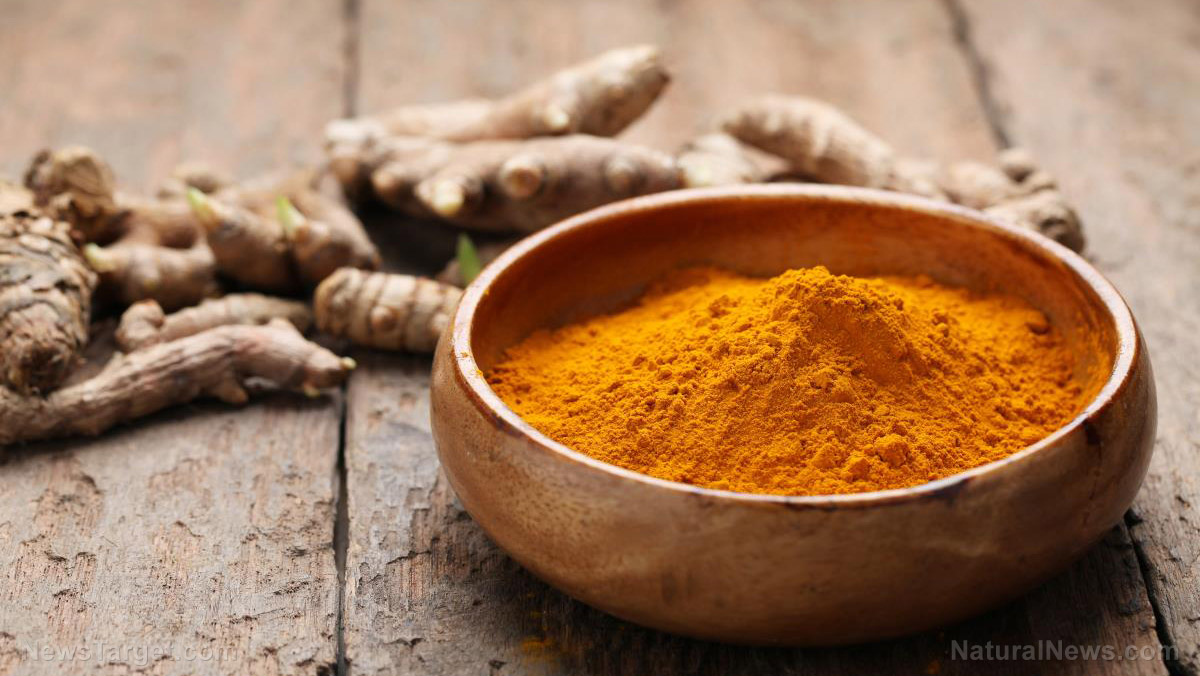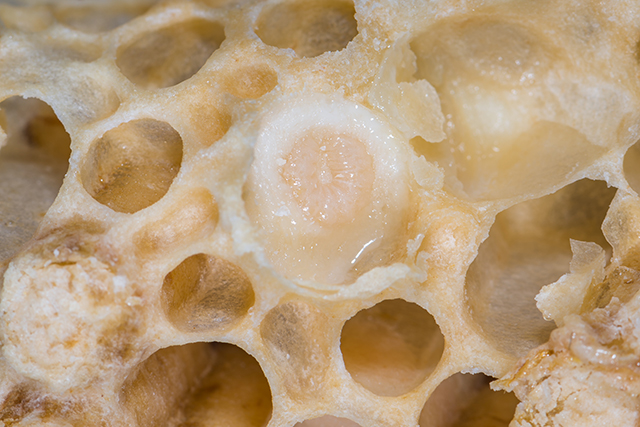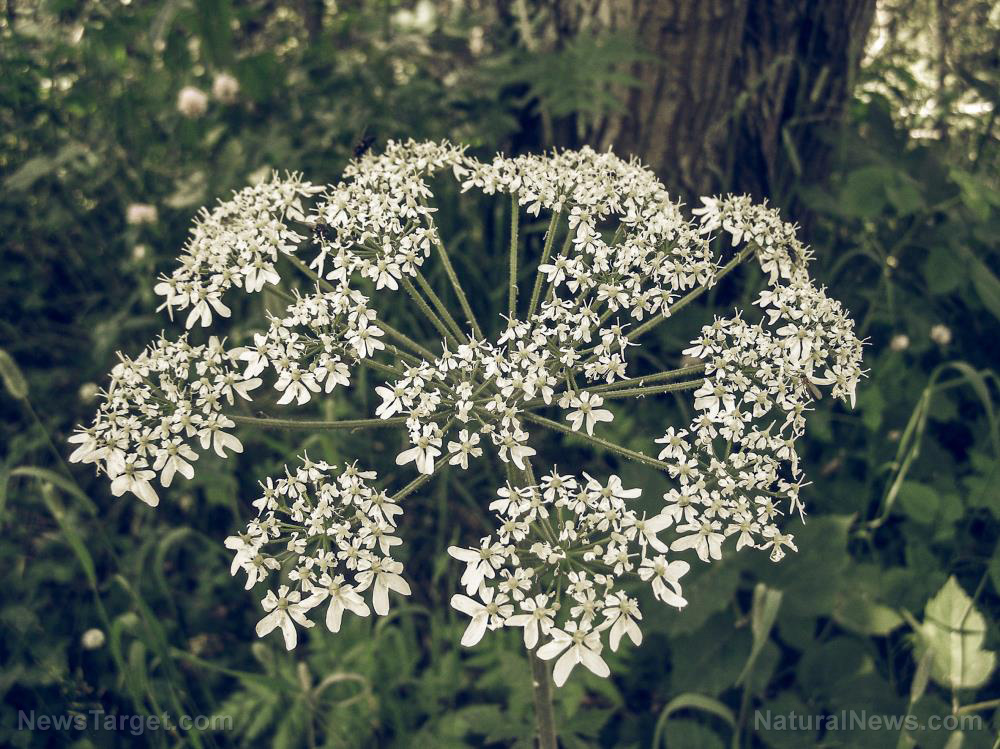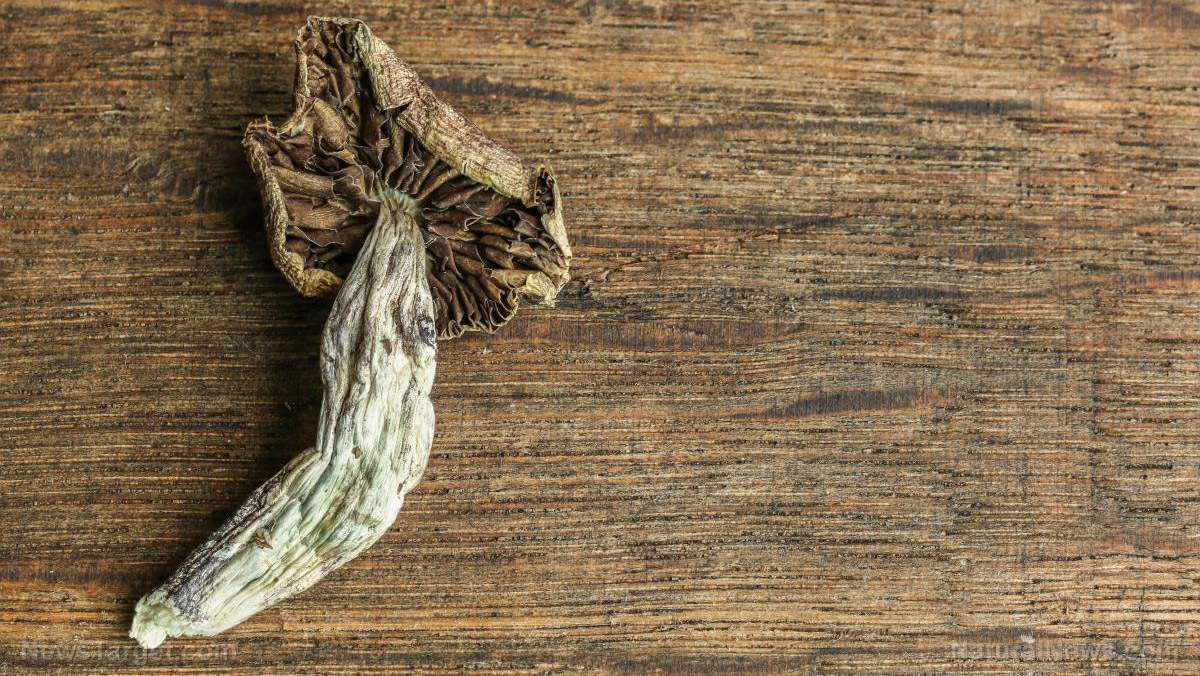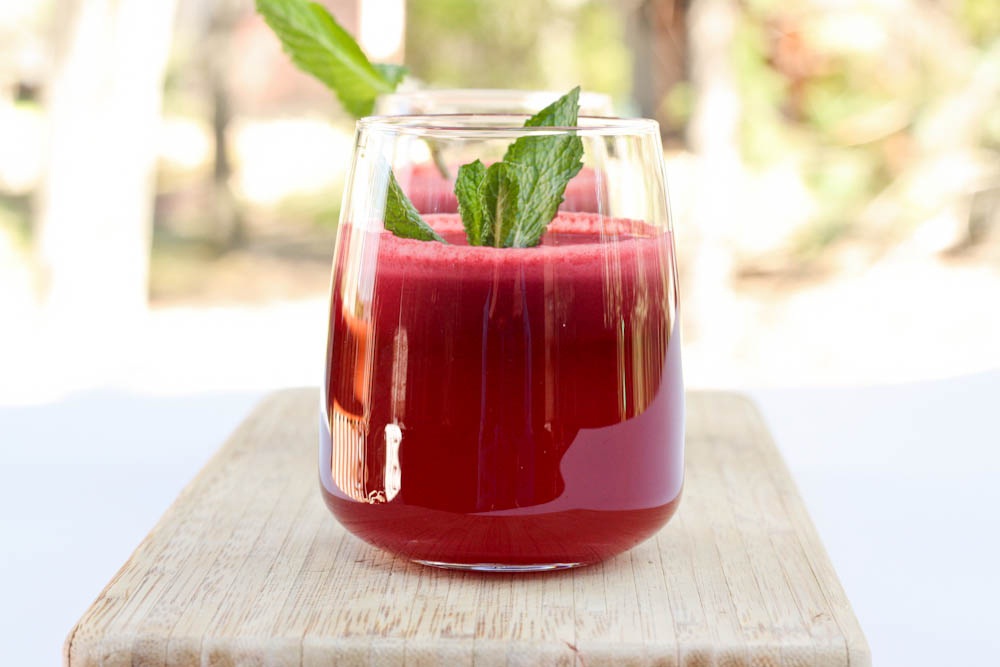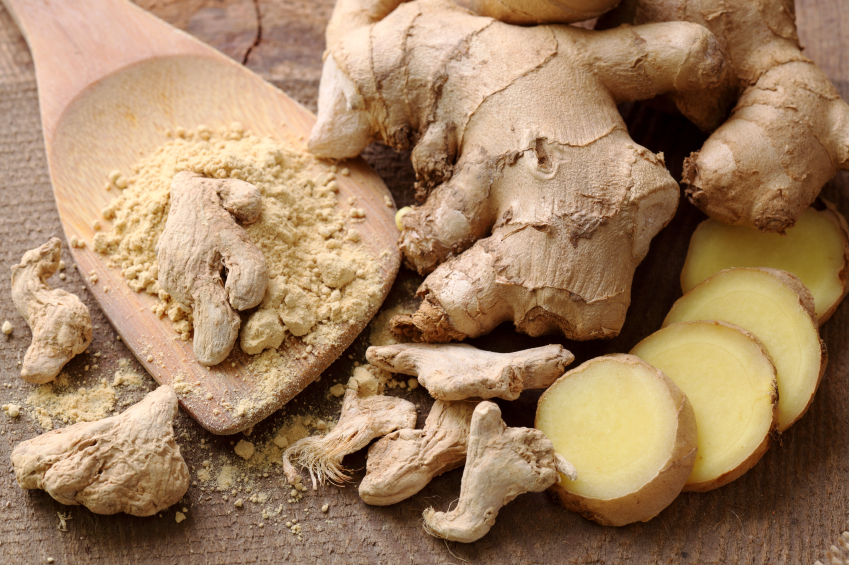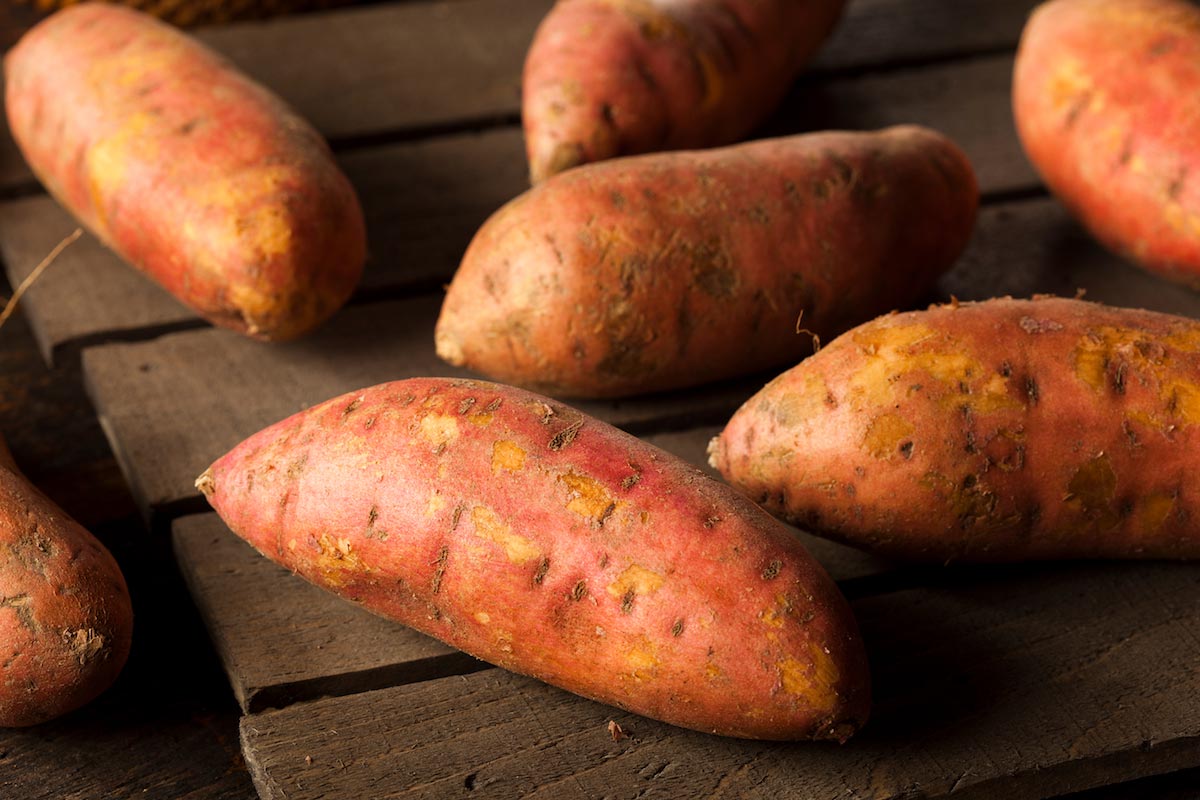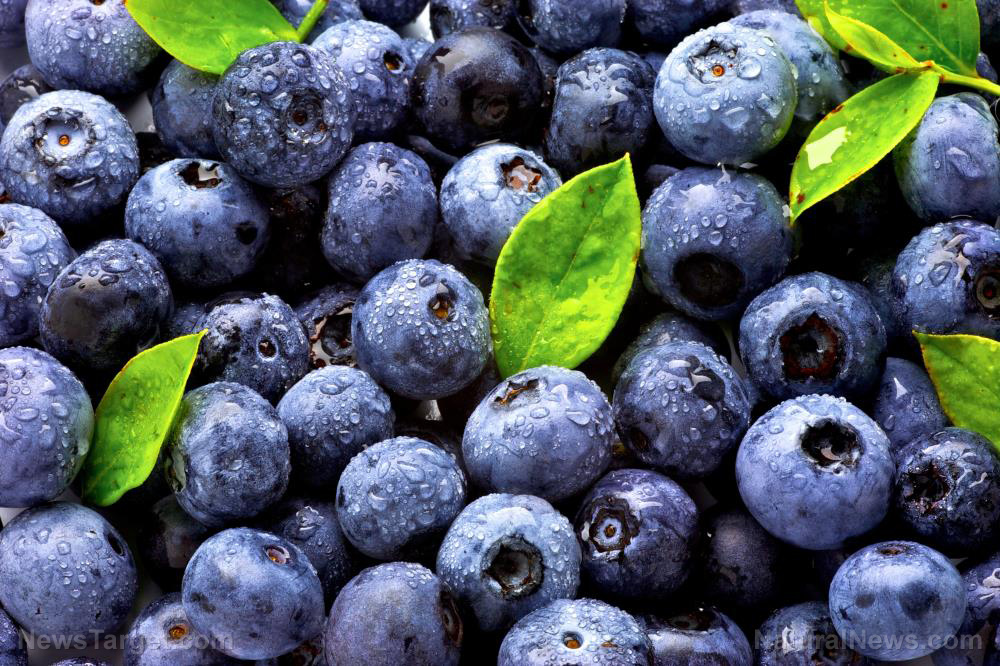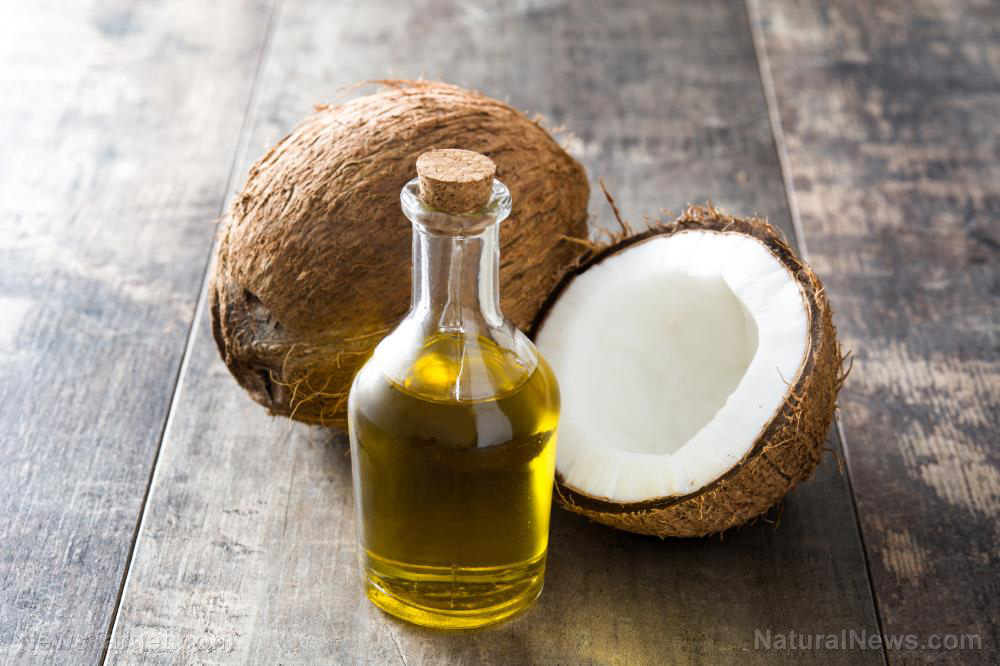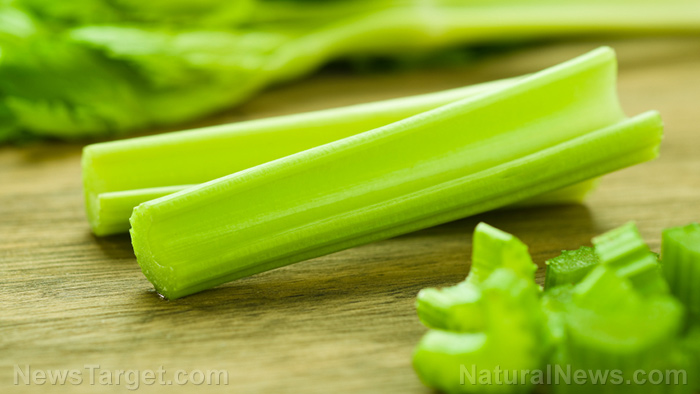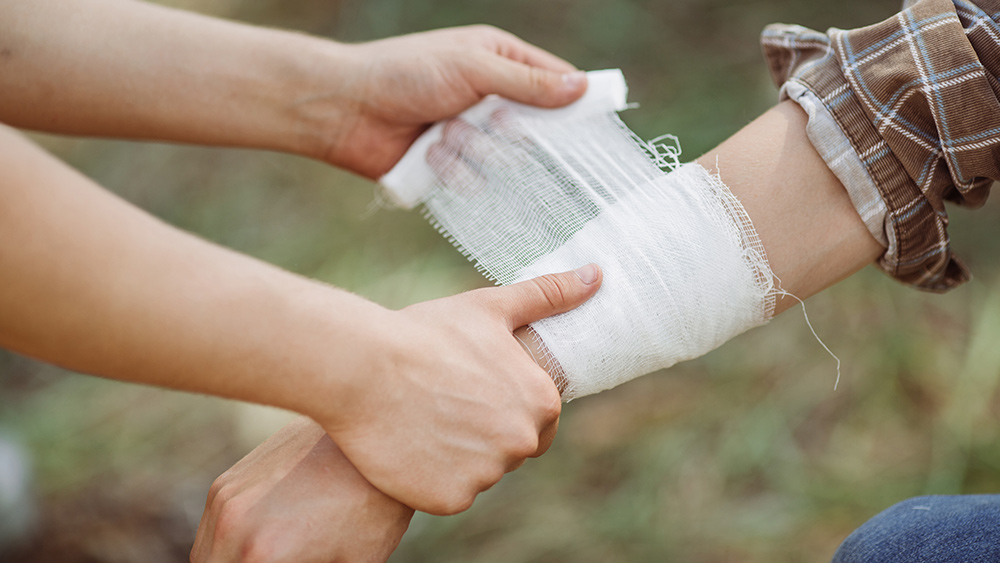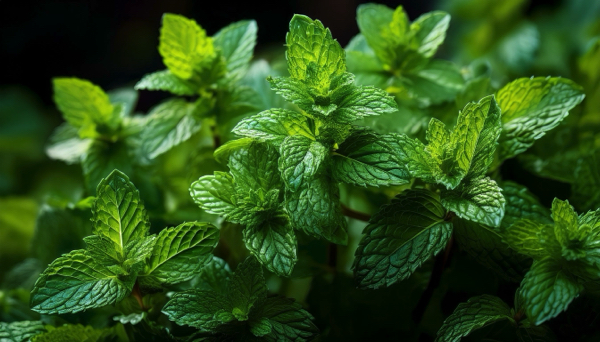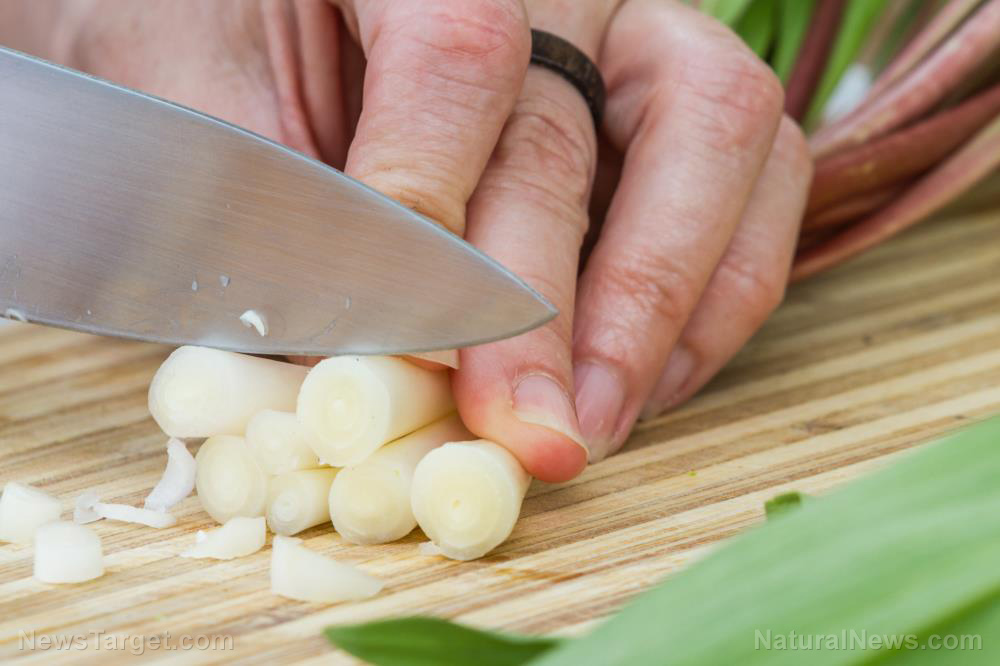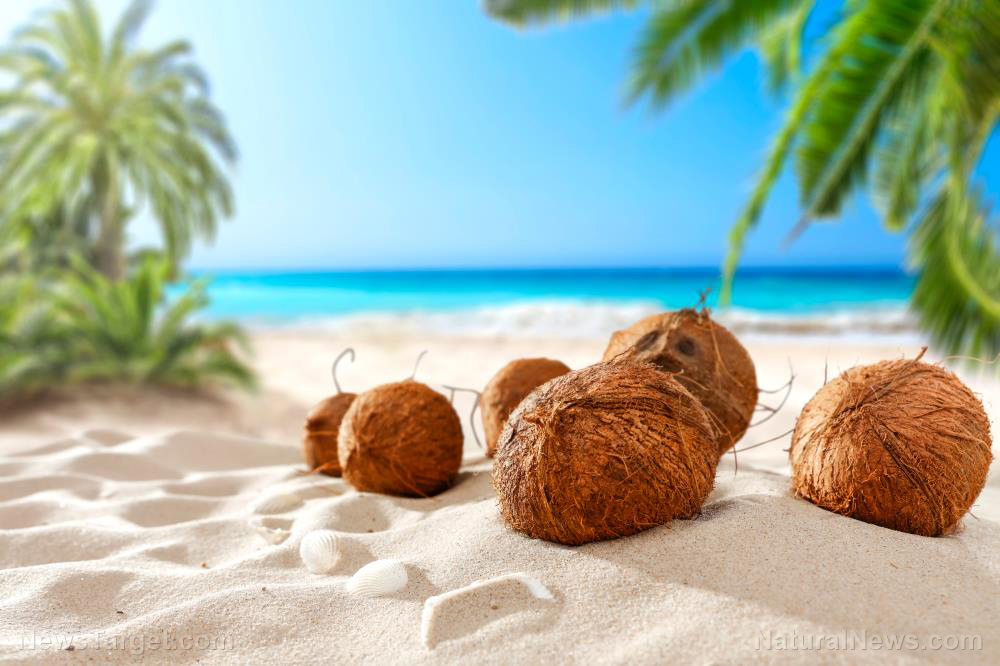Grape seed extract superior to blockbuster diabetes drug, preclinical study finds
12/13/2024 / By News Editors
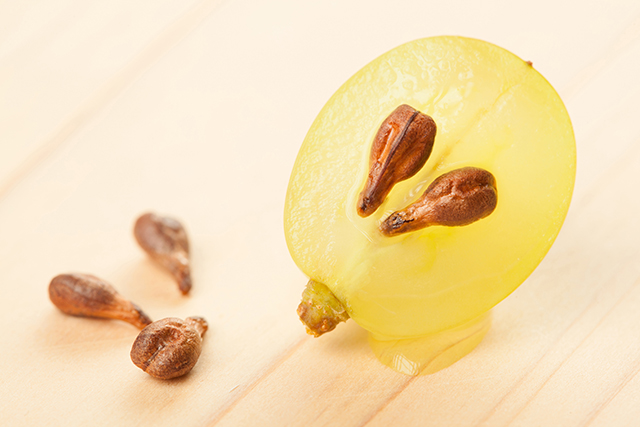
An extract of grape seeds was recently compared to the best-selling diabetes drug Metformin and was found to be superior in correcting adverse physiological responses induced by a high-fat, high-fructose diet
(Article republished from GreenMedInfo.com)
A new study published in the Journal of Cell Communication and Signaling compared the effects of a grape seed extract (GSP) to the diabetes drug metformin (MET) in rats fed a high fat, high fructose diet (HFFD) designed to provoke insulin resistance.
Titled, “Grape seed proanthocyanidins and metformin act by different mechanisms to promote insulin signaling in rats fed high calorie diet,” Indian researchers discovered that both substances reduced elevated blood glucose (hyperglycemia) and elevated blood insulin (hyperinsulinemia), while improving the following diet-altered parameters: glycolysis, tyrosine phosphorylation of IR-? and IRS-1, IRS-1-PI3K association and Akt activation.[1]
Furthermore, adverse changes induced by the HFFD, such as the activation of tumor necrosis factor-?, interleukin-6, leptin and suppression of cytokine signaling-3 and reduction in adiponectin, were reversed by GSP more effectively than by MET.
Proanthocyanidins are a type of secondary plant metabolites known as flavonoids found in many plants, but are particularly concentrated in cocoa beans, cinnamon, grape seeds and skin, and maritime pine bark (pycnogenol). Proanthrocyanidins are known primarily through their antioxidant properties, but the GreenMedInfo.com research project has identified at least 20 beneficial physiological actions to this phytochemical class relevant to at least 50 disease states.[2]
Metformin, on the other hand, is an oral antidiabetic drug in the biguanide class, and is used as the first-line drug for the treatment of type 2 diabetes. The original inspiration for the biguanide class was the discovery, in the 1920s, of guanidine compounds within the herb French lilac (Galega officinalis), long used to treat diabetes in traditional medicine. Metformin, however, is an entirely synthetic compound, whose exact mechanisms of action are unknown. What is known is that like other antidiabetic drugs (e.g. Avandia) metformin is cardiotoxic and has been linked to increased cardiac mortality in a number of studies.[3] Proanthrocyanidins, and grape seed extract in particular, have been extensively researched to have protective and therapeutic properties on the cardiovascular system.[4]
Clearly, the weight of evidence suggests that grape seed proanthrocyanins hold great promise as a metformin alternative and/or anti-diabetic agent. Unfortunately, the law forbids the medicinal use of natural substances, and lacking the $800 million plus required on average to fund the clinical trials necessary to file for FDA drug approval, health consumers are left almost entirely without guidance from conventional medical practitioners who lose their FDA-underwritten liability shield when they deviate from the drug-based standard of care.
Of course, the deeper level of self-care focuses on identifying the environmental, dietary and lifestyle-based causes of blood sugar and insulin disorders, and altering them so that a magical “pharmaceutical” or “nutraceutical” bullet isn’t necessary. For more research on the many problem substances, natural substances, therapeutic actions and lifestyle interventions that may prevent and/or reverse blood sugar disorders, visit our health guide on the topic: Health Guide: Blood Sugar Problems.
Read more at: GreenMedInfo.com
Submit a correction >>
Tagged Under:
alternative medicine, antidiabetic, antioxidants, blood sugar, diabetes, disease treatments, food cures, food is medicine, food science, fruits, grape seed, health science, natural cures, natural health, natural medicine, phytonutrients, proanthrocyanins, Xpost
This article may contain statements that reflect the opinion of the author
RECENT NEWS & ARTICLES
consumerwellness.info is a fact-based public education website published by consumerwellness.info
All content copyright © 2023 by consumerwellness.info
Contact Us with Tips or Corrections
All trademarks, registered trademarks and servicemarks mentioned on this site are the property of their respective owners.

